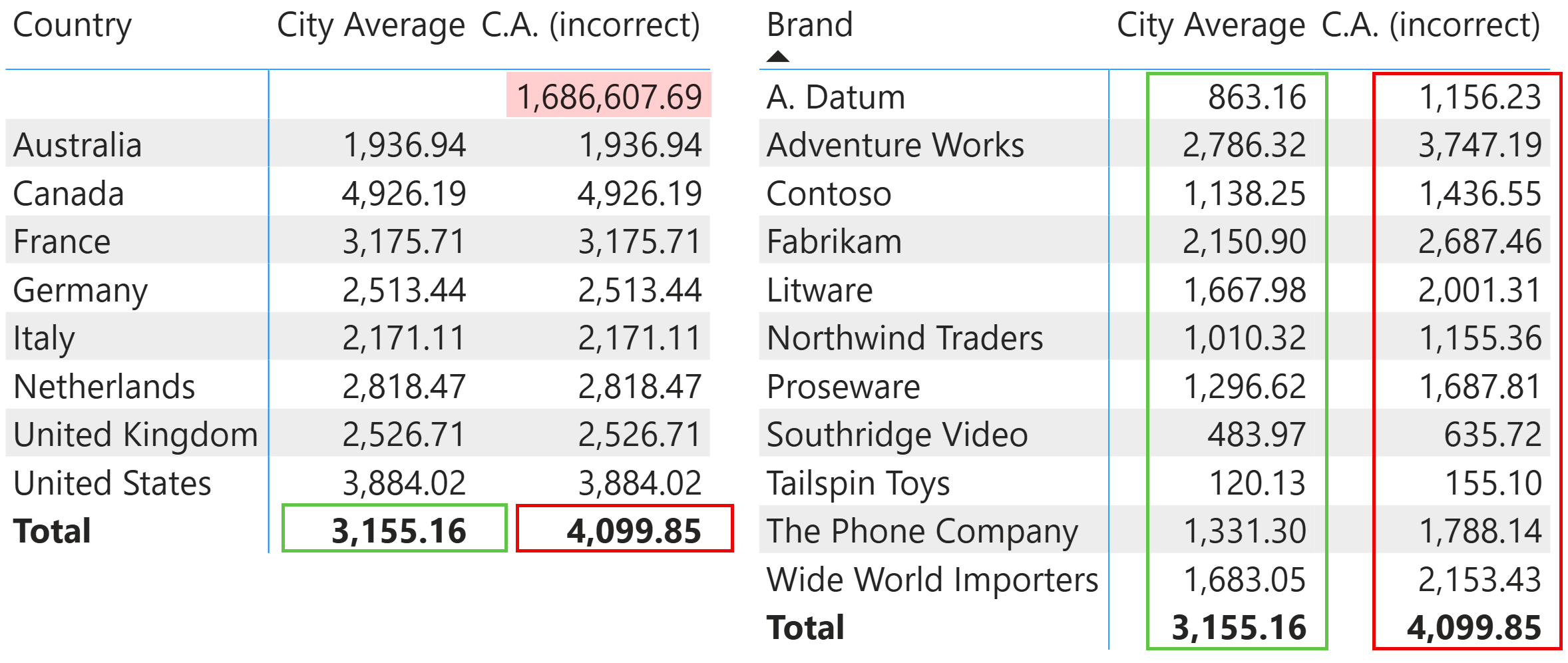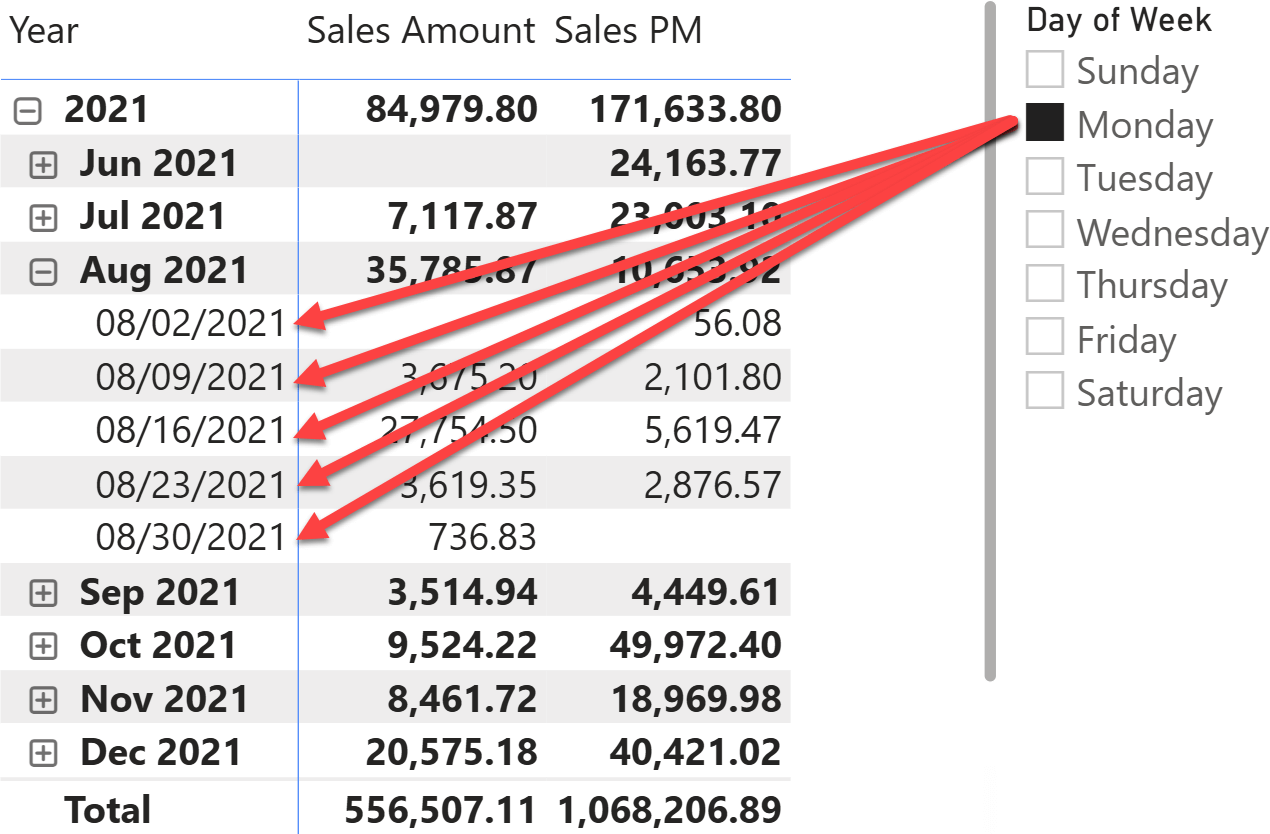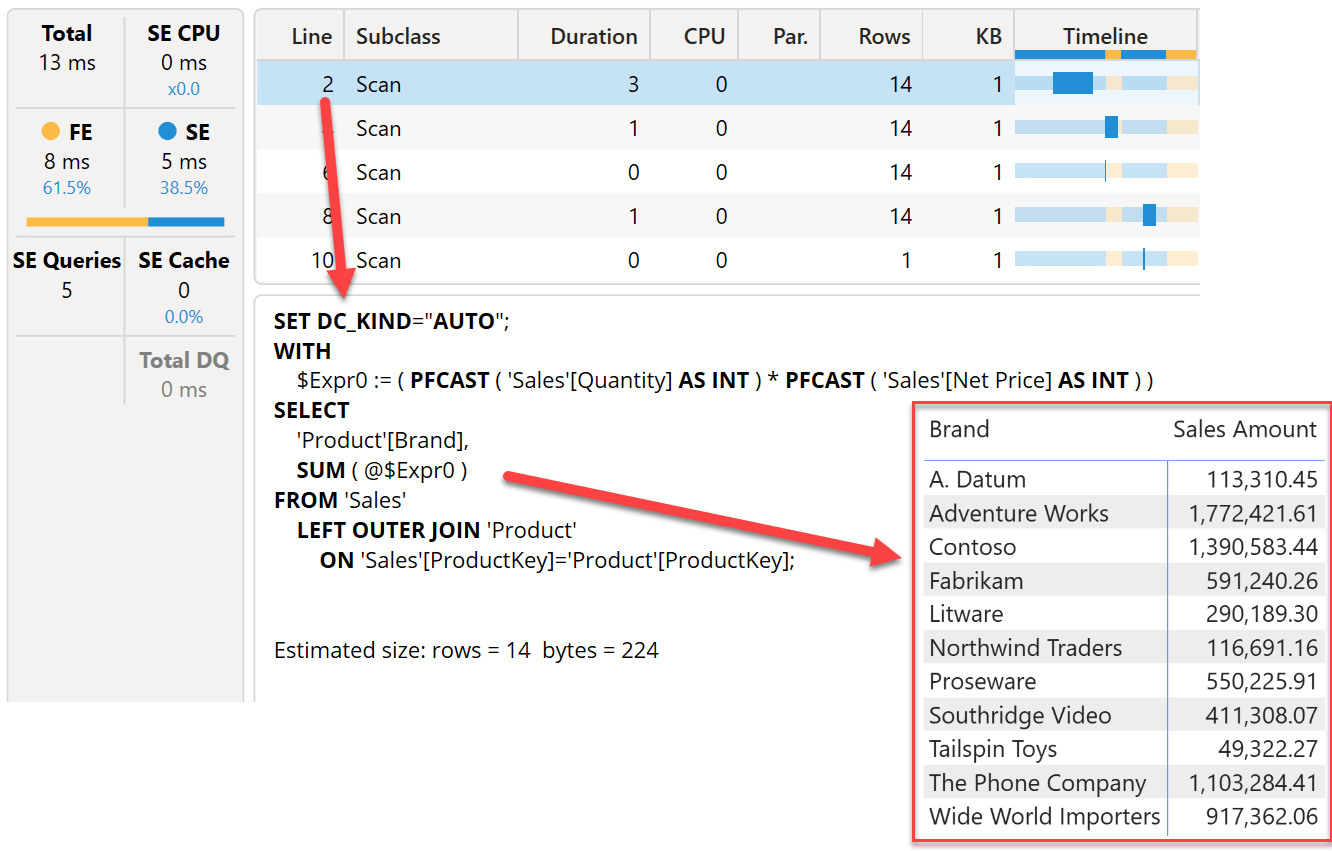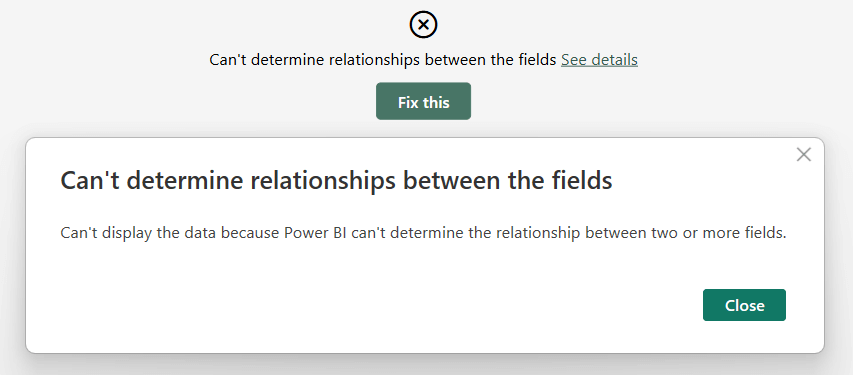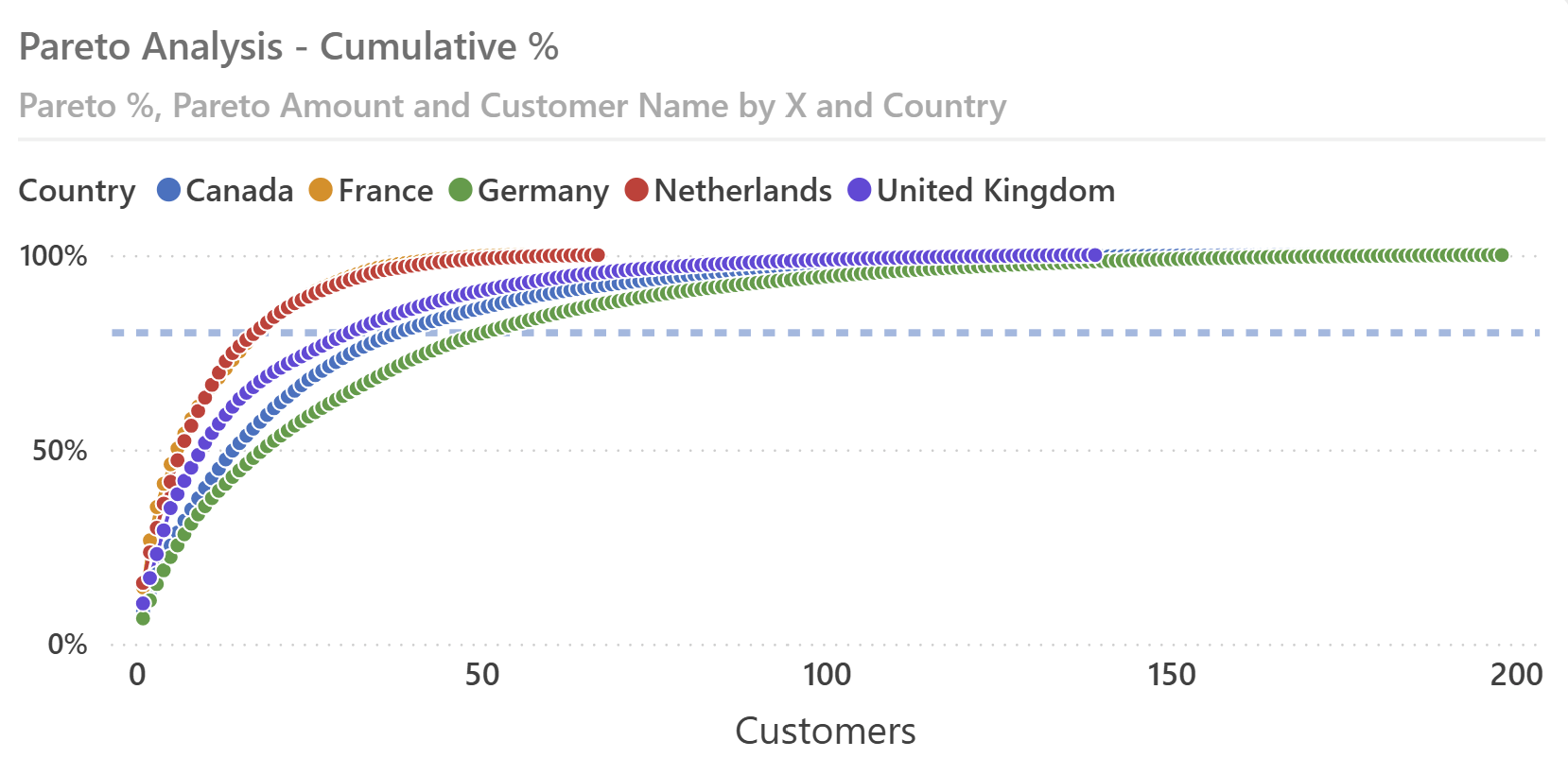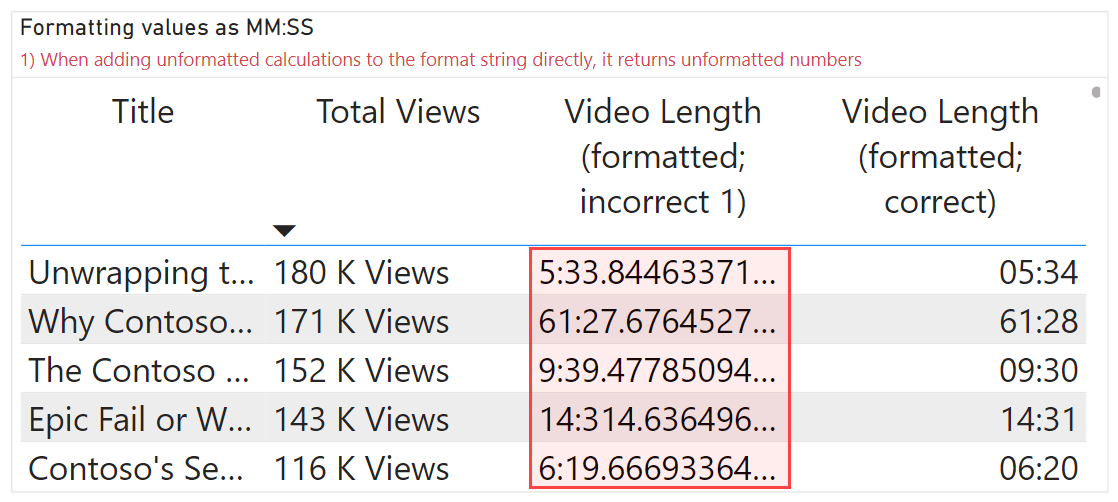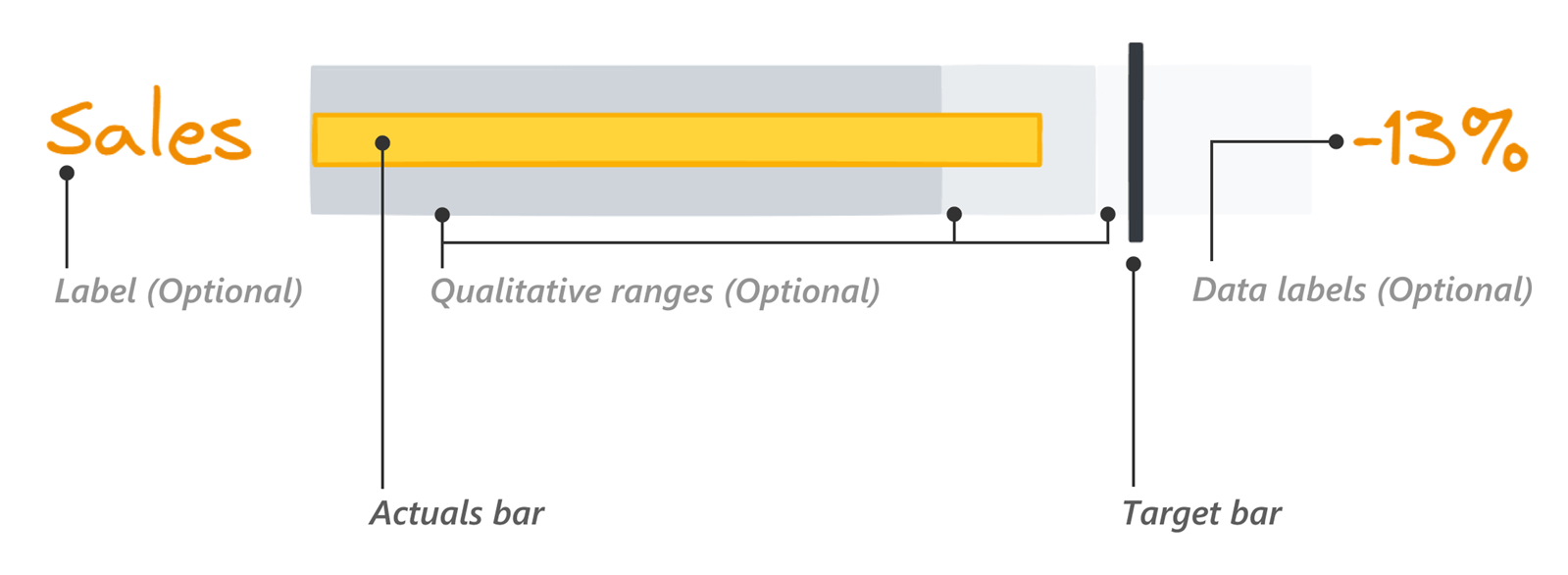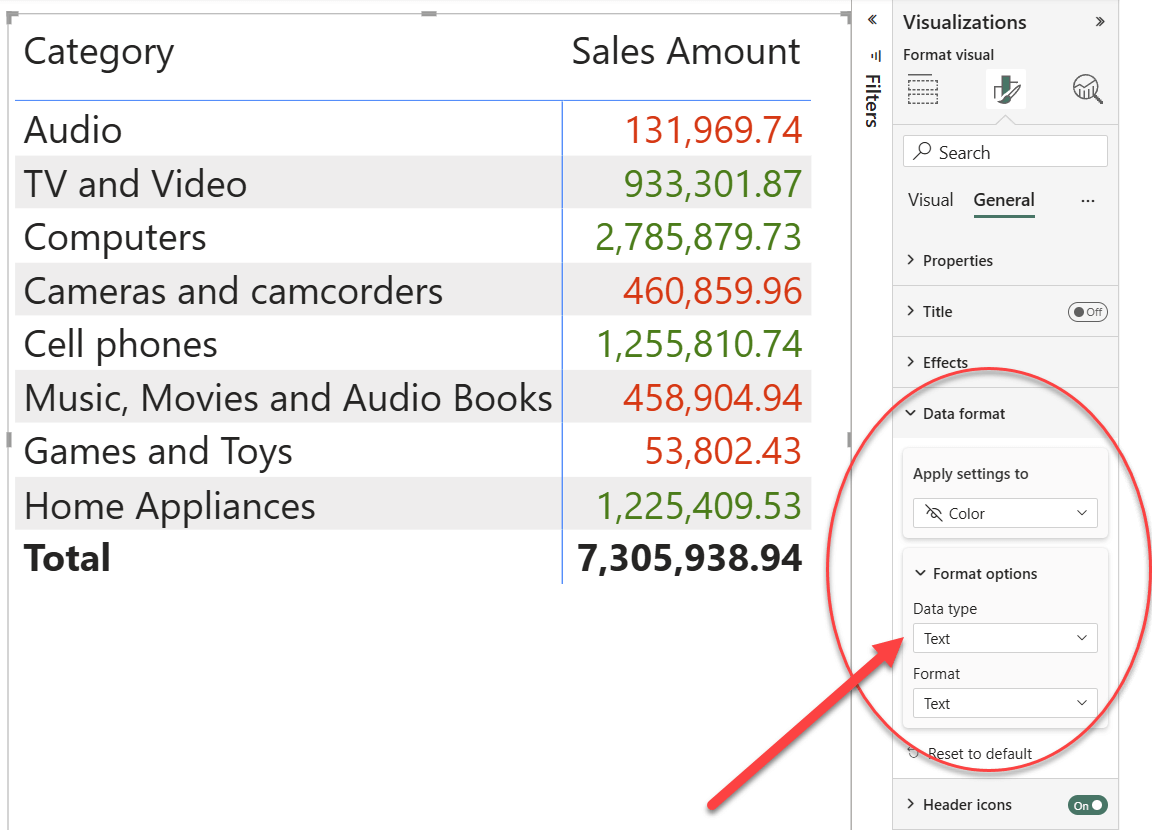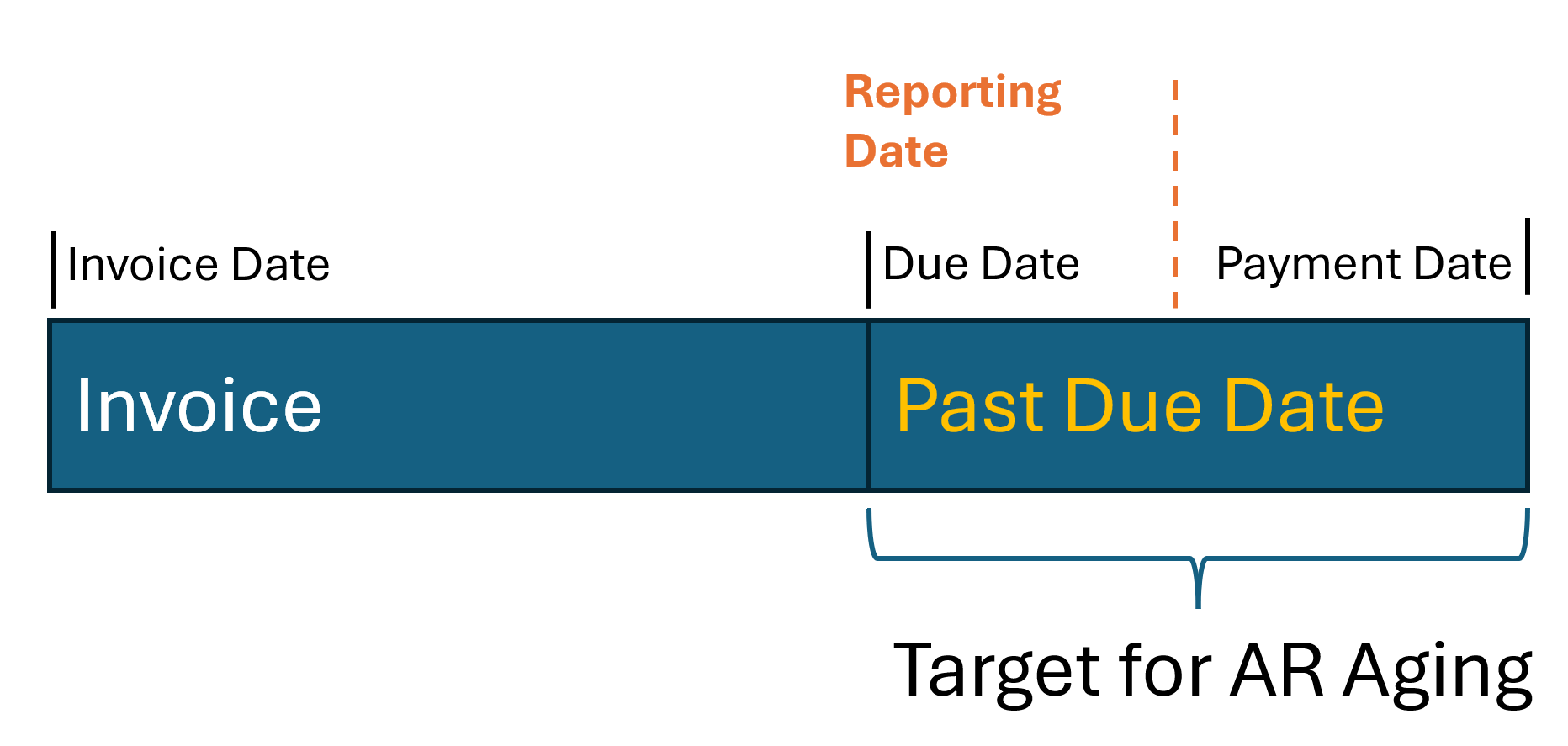Topic: DAX
-
When should you use DISTINCT over VALUES in DAX? Here is how to write resilient measures that survive bad data and model changes. Read more
-
When using time intelligence functions, the automatic REMOVEFILTERS on Date can make maintaining filters on the Date table challenging. This article shows a technique to handle filter-preserving columns in DAX. Read more
-
In this article, we examine the details of executing DAX code, with a focus on how the IF function is implemented in various scenarios. Read more
-
This article describes how to control the execution of DAX code when there are either multiple or empty selections of calculation items in calculation groups. Read more
-
This article explains why you might encounter a curious error when placing columns from unrelated tables in a Power BI matrix. Read more
-
This article describes how to implement a dynamic Pareto calculation in Power BI based on a measure that can be selected from a slicer and dynamically filtered by other slicers in the report. Read more
-
This article describes the different approaches to format your DAX measures in Power BI semantic models using custom and dynamic format strings. Read more
-
This article is about how to read and use bullet charts when comparing actuals to a target in Power BI, and the different options you have available to make these charts in Power BI reports. Read more
-
Visual calculations are useful for performing calculations specific to a visual. Conditional formatting is a great example of this concept. In this article, we show how to easily implement conditional formatting through visual calculations. Read more
-
This article describes an Accounts Receivable Aging report in Power BI, and shows how to simplify a business problem using existing modeling patterns. Read more
